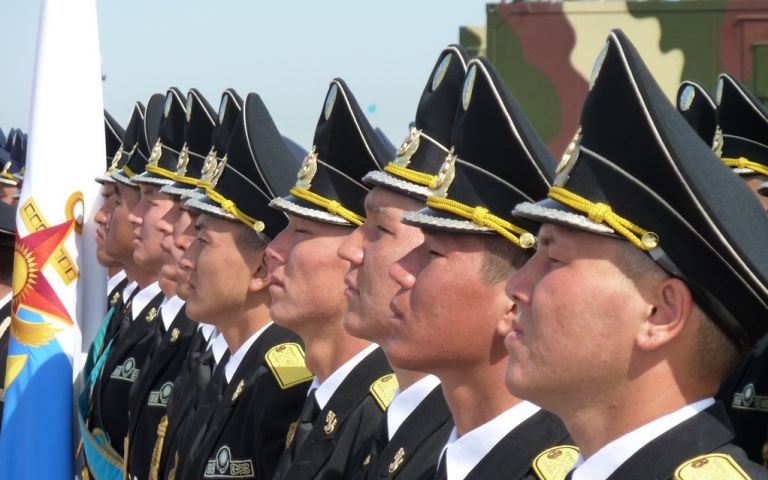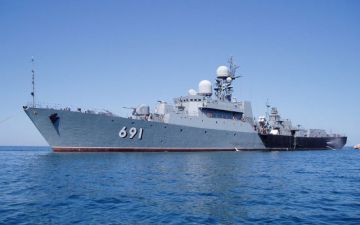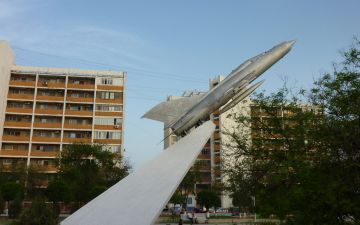The Caspian Sea, bordering four ex-Soviet states and Iran, has become known over the past twenty years as the site of significant new oil and natural gas discoveries. But more recently, the sea has seen a quiet arms buildup as well. Every one of the littoral states has made significant moves to bolster their naval might (in the cases of Azerbaijan, Kazakhstan and Turkmenistan, building navies from scratch). There have been near skirmishes between the Iranian navy and Azerbaijan, and Russia has threatened military action if Turkmenistan and Azerbaijan build a pipeline across the sea that would bypass Russia.
The U.S. has become involved in this arms race, by aiding the development of the navies of Azerbaijan, Kazakhstan and Turkmenistan. It's also quietly using sea and air ports on the coastal city of Aktau (Kazakhstan) and Baku (Azerbaijan) as increasingly important transit hubs for military materiel for its forces in Afghanistan. More broadly, it's encouraging the development of the trans-Caspian pipeline that Russia opposes.
Complicating matters is the fact that two decades after the collapse of the Soviet Union created three new states on its shores, there is still no agreement on how to divide up the Caspian. All five littoral states are opaque about their strategies and actions, so while the naval buildups may not necessarily have aggressive intent, they will raise tensions and increase the risk of conflict in this fragile region.





